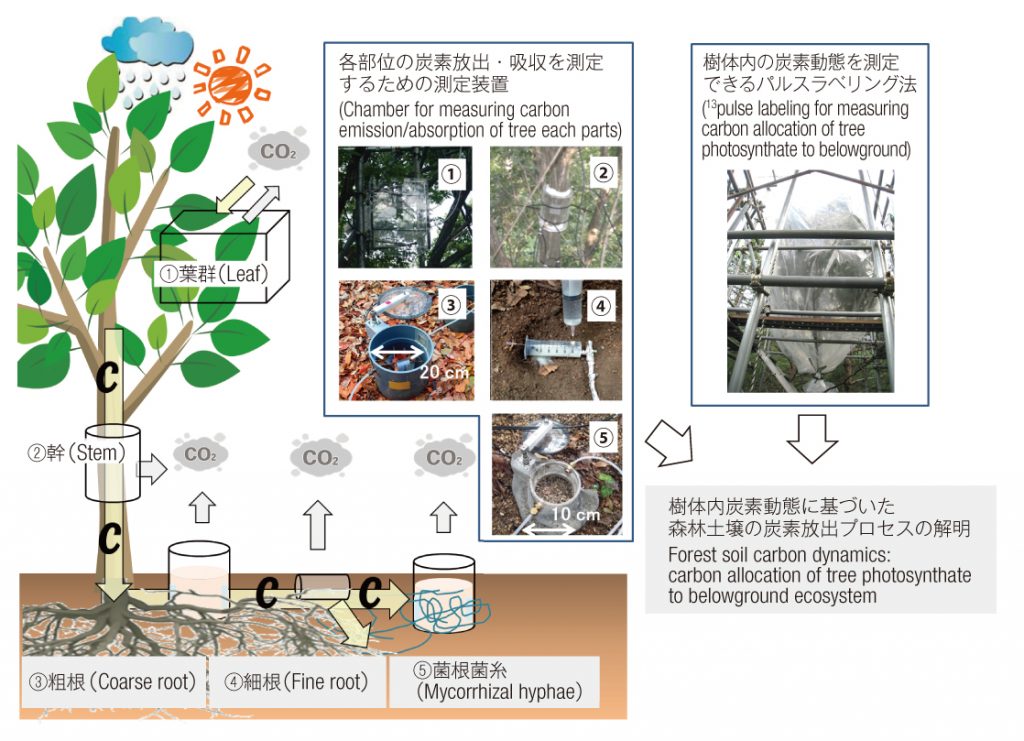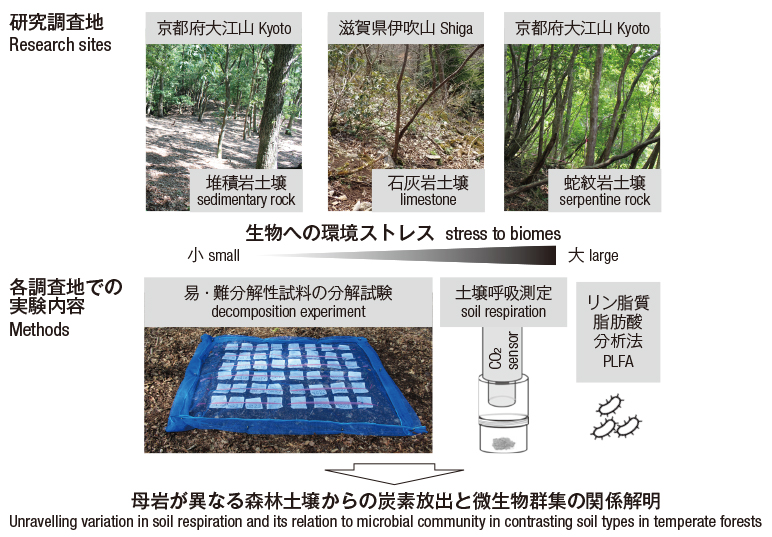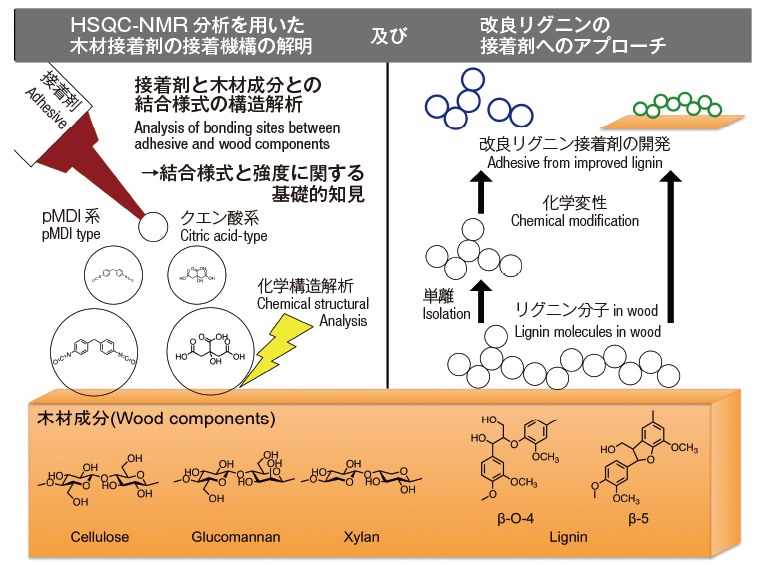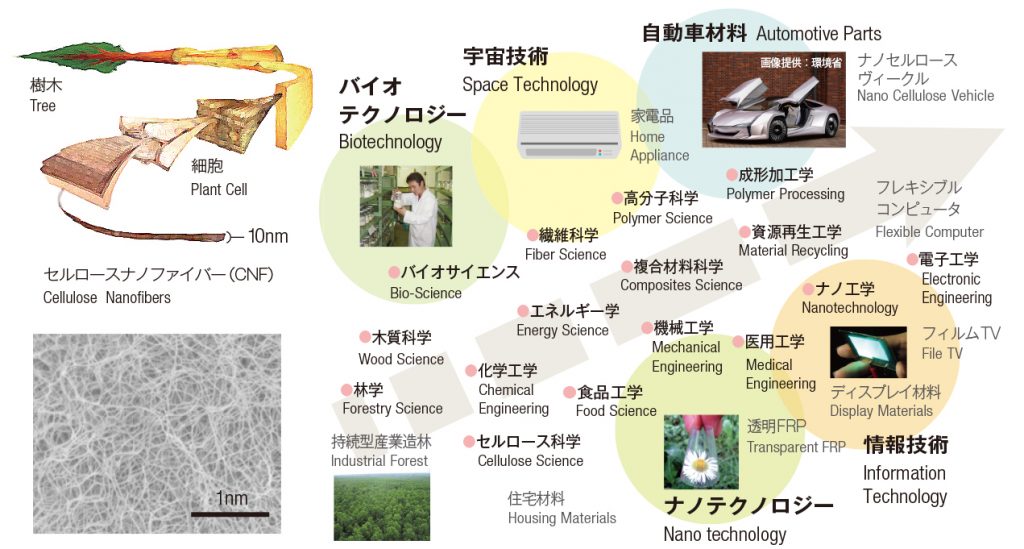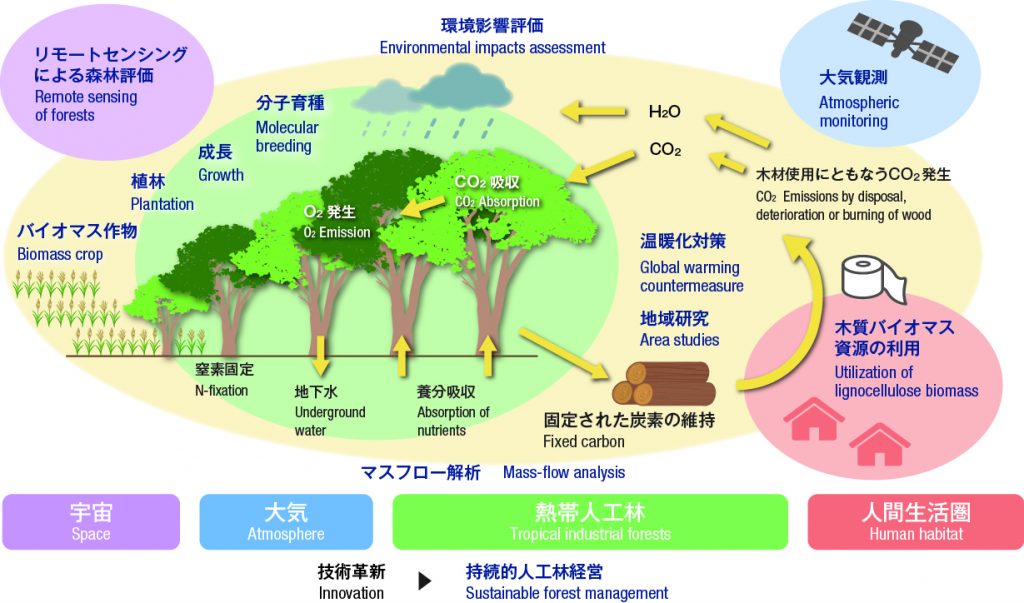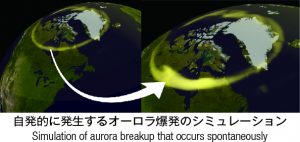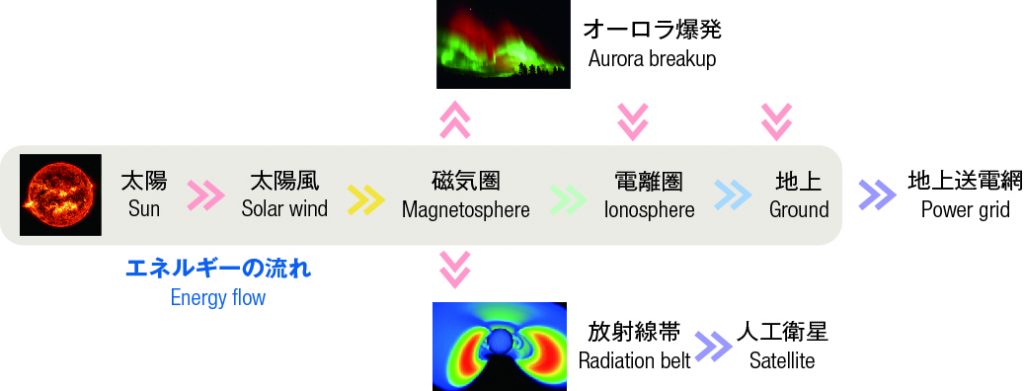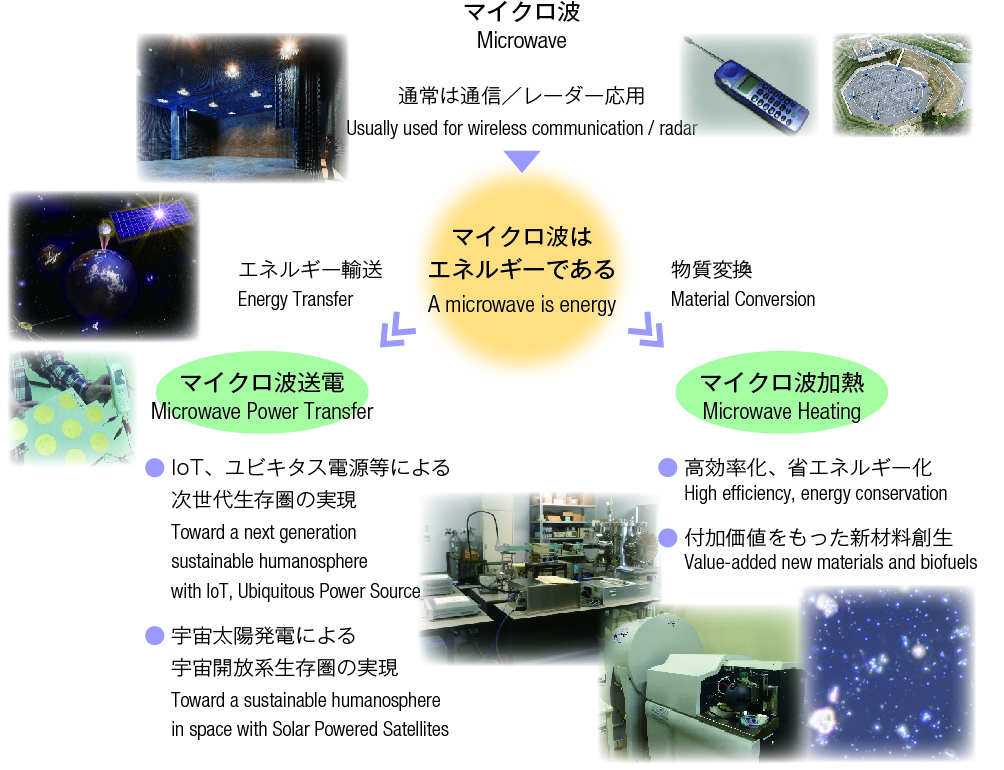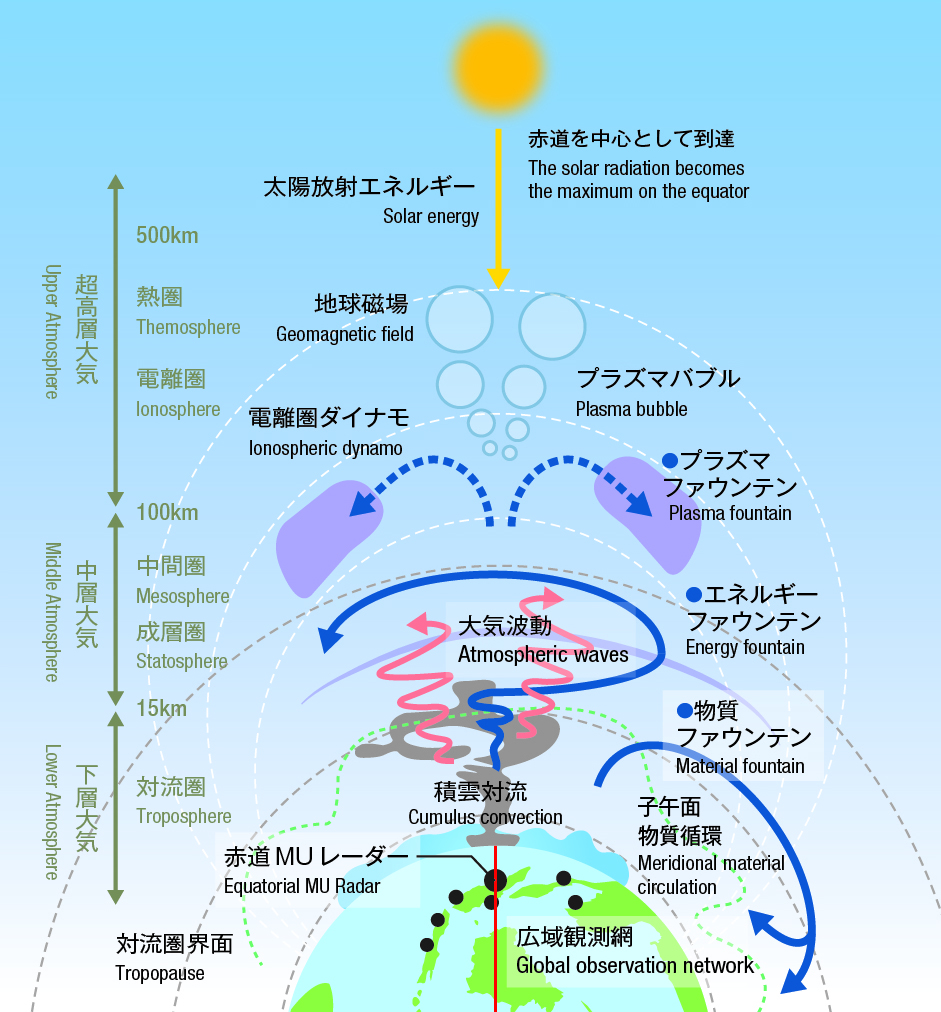Center for Exploratory Research on the Humanosphere
Updated: 2021/04/06
The Center was established to promote interdisciplinary research projects relevant to RISH’s missions and to pioneer new scientific fields. The Center seeks to vigorously expand new fields of Humanosphere Science, in collaboration with the RISH staff, Mission Research Fellows, guest researchers and outside cooperative researchers. Since 2010, RISH has functioned as a Joint Usage/Research Center committed to being a source for project-based collaborative research by promoting three main activities: the “Exploratory Research for Sustainable Humanosphere Science” invites applications from young researchers undertaking exploratory interdisciplinary research; the “Mission Research for the Sustainable Humanosphere” invites applications for research projects that address RISH’s five missions; and the “Flagship Collaborative Research on the Humanosphere” promotes project-based collaborative research. The Center seeks to promote international collaboration through open recruitment of projects and various educational and research programs in and outside the University. It also holds events, such as symposiums and open seminars.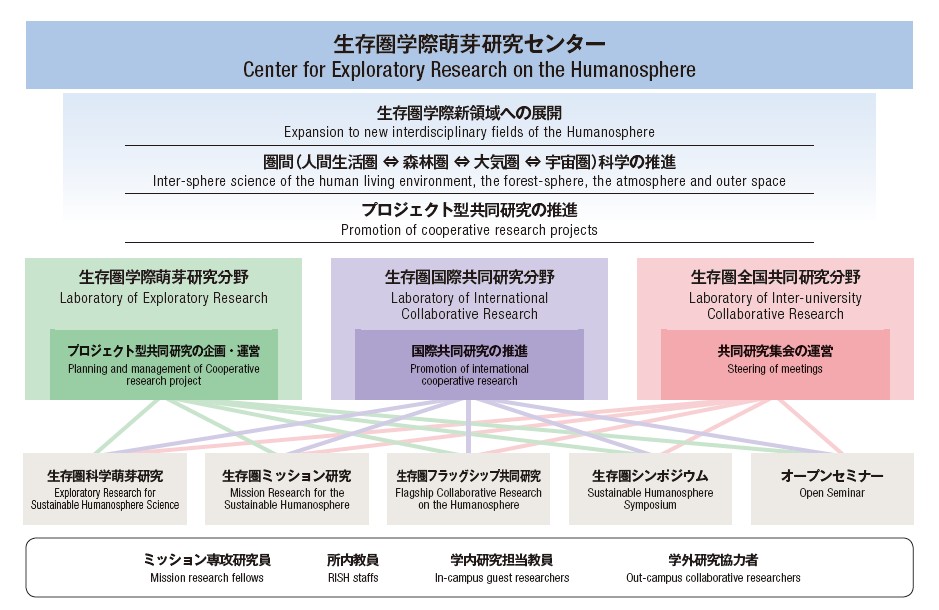
Organization of Open-seminar
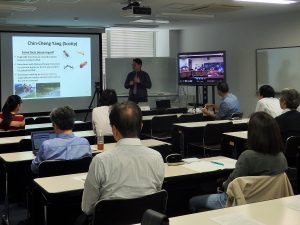
The “open seminar” is a casual research meeting within RISH during lunchtime on Wednesdays. At each seminar, we invite a lecturer from RISH or outside with the aim of sharing results within RISH, inspiring new seeds of research, and enhancing collaborations. We held 12 open seminars in 2020, bringing the total number to 266. In association with our international promotion program, “RISH Asia Research Node”, we also started to deliver selected seminars across the world through the internet. In 2020, we transmitted 8 seminars to the Indonesian Institute of Sciences (LIPI) and the National Institute of Aeronautics and Space (LAPAN).
Organization of Symposium
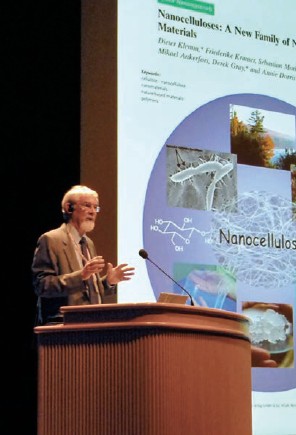 RISH has consistently held many research meetings since its establishment in 2004, trying to promote Humanosphere Science to a wide audience and expand the research community. At present, 447 of these meetings, named “RISH Symposium”, have been held to date. In 2020 the Center for Exploratory Research on the Humanosphere supported 22 RISH Symposia held not only in Japan, but also abroad in countries like Indonesia and China. At the end of every fiscal year, the Center holds the mission symposium to summarize and review RISH’s activities during the year and to discuss directions for the short and/or long-term future.
RISH has consistently held many research meetings since its establishment in 2004, trying to promote Humanosphere Science to a wide audience and expand the research community. At present, 447 of these meetings, named “RISH Symposium”, have been held to date. In 2020 the Center for Exploratory Research on the Humanosphere supported 22 RISH Symposia held not only in Japan, but also abroad in countries like Indonesia and China. At the end of every fiscal year, the Center holds the mission symposium to summarize and review RISH’s activities during the year and to discuss directions for the short and/or long-term future.
Exploratory Research by Mission Research Fellows
As the Humanosphere Sciences Joint Usage/Research Hub, RISH defines the humanosphere from a global viewpoint as the spheres vital to human existence: “the outer space”, “the atmosphere”, “the forest-sphere” and “the human living environment”. The center promotes interdisciplinary and exploratory research projects by Mission Research Fellows, who are young researchers and members of the Center for Exploratory Research on the Humanosphere. They work on exploratory/fusion research projects relating to the five missions for establishing humanosphere science.
Mioko Ataka : Forest soil carbon dynamics: carbon allocation of tree photosynthate to belowground ecosystem
CO2 efflux from soil is the sum of root respiration (including the translocation of photosynthates) and heterotrophic respiration. We have attempted to elucidate forest soil carbon dynamics based on in situ measurement of the carbon allocation of tree photosynthate to belowground ecosystems.
Ryosuke Nakamura : Variation in soil respiration and its relation to microbial communities
in contrasting soil types in temperate forests
Forests are key to climate change mitigation, but we still have much to learn about the decomposition of organic matter. This study aims to reveal how microbial decomposition ability differs among sites on contrasting rock types in Japan.
Pui Ying LAM : The introduction of new lignin, flavonoid and stilbenoid components into grass biomass towards sustainable production of bioenergy and phytochemicals
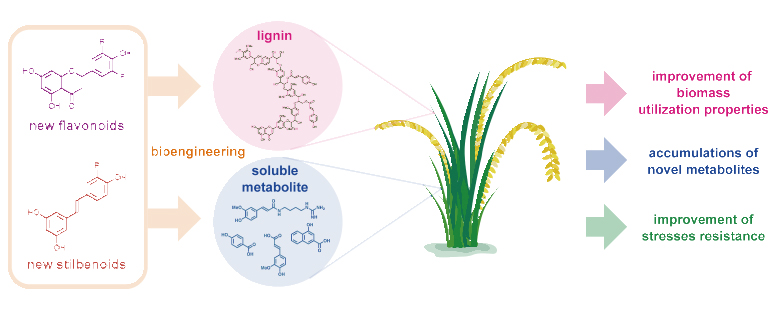
Grass is a prominent plant group that shows a great potential as a feedstock for bioenergy and biochemicals. This study explores new strategies, focusing on lignin, flavonoid and stilbenoid biosynthesis, to bioengineer grasses for improved productivity and usability of lignocellulosic biomass and other useful metabolites.
Daisuke Ando : Adhesive mechanisms of chemical bonding-type wood adhesives and a lignin modification approach for wood adhesives
We have attempted to elucidate citric acidbased wood adhesive mechanisms by clarifying the bonding structures between wood components and citric acid. From this understanding, we aim to develop novel lignin-based wood adhesives.
Holger Christian SCHAEFER : High-frequency measurement of the mycorrhizal hyphal production and decomposition process in forests
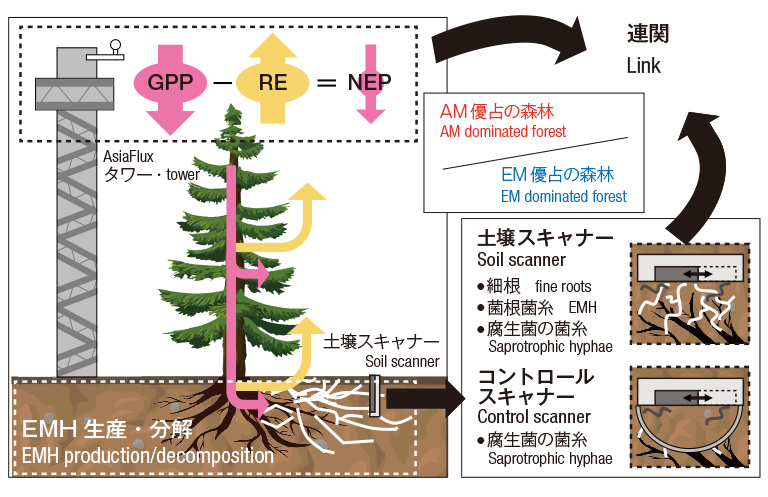
In this research, measurement of mycorrhizal hyphal production and decomposition in Asia-Flux forest sites is attempted using high-resolution scanners to reveal the linkage between the mycorrhizal hyphal production and decomposition process and forest carbon influx and efflux.
“Research for Sustainable Humanosphere Science” program
The sustainable survival of human beings depends on exploration of research topics related to Humanosphere Science. In 2009, we started the “Research for Sustainable Humanosphere Science” program to find and promote these studies by young researchers under 40 years old. In 2016, we started receiving applications from overseas researchers. The upper age limit for program applicants was abolished in 2020, and 6 research topics currently support this effort.

Examples of Research Projects in FY 2020 (Total 6 titles)
- Katsuyuki Takahashi : Development of plasma and fine bubble combined system for allelochemical decomposition
- Tomohiko Mitani : Fundamental Study of Environment Monitoring System Utilizing Wireless Power Transfer from Drone
- Yoko Okahisa : The observation of nanostructural changes in bamboo cell walls on the thermal softening temperatures by synchrotron
SAXS - Ken Matsuoka : Comparative analysis of low molecular weight biologically active compounds in tubers of domestically produced
Pinellia ternata varieties - Akihito Nagahama : Replication of characteristic vehicle order observed in developing country
“Mission Research for the Sustainable Humanosphere” program
RISH has adopted five scientific missions to tackle the immediate research needs related to the survival of mankind. Since 2009, we have supported applications that address these missions from researchers from within and outside the University through the “Mission Research for the Sustainable Humanosphere” program. In 2016, we started receiving applications from overseas researchers. We adopted 22 projects in 2020.
Examples of Research Projects in FY 2020 (Total 22 titles)
- Hiroyuki Hashiguchi : Development of Adaptive Clutter Rejection Technique for EAR using Software-Defined Multi-Channel Receiver
System - Koji Nishimura : Development of measurement technique for atmospheric turbulence and disturbance using radar inversion
- Toyoshi Shimomai : Development of a compact spectroradiometer used on a drone for a lagoon area remote sensing
- Takahito Watanabe : Screening and utilization of xenobiotic-degrading bacteria for the bio-recycling of plastic waste
- Tsuyoshi Yoshimura : Circulation of micro-plastics by termite activities in soil ecosystem
Flagship Collaborative Research on the Humanosphere

The “Flagship Collaborative Research on the Humanosphere” is an effort to promote and enhance the visibility of project based collaborative research actively conducted in the Core Research Divisions. In 2016 we reexamined the existing projects and expanded this effort to five projects.
Bio-nanomaterial research
| Leader:Hiroyuki Yano |
In this flagship research, we perform collaborative fusion research for the production and reconstitution of cellulose nanofibers to contribute to the establishment of a sustainable humanosphere through the creation of advanced bio-based nanomaterials for use in automobiles, buildings and many other products.
Integrated studies of the sustainable production and utilization of tropical biomass plants
| Leader: Toshiaki Umezawa |
The aim of this flagship projects is to conduct international collaborative research towards the establishment of system for the sustainable management and utilization of tropical plantation of trees and grass biomass plants.
Collaborative study on energy transfer process in space humansphere
| Leader:Yoshiharu Omura |
The contribute safety and security of the humanosphere, we investigate energy transfer processes from the Sun to aurorae and radiation belts.
Collaborative Research of Energy Transfer and Material Conversion by Microwaves
| Leader : Naoki Shiohara |
This collaborative research aims to open a new field of microwave utilization for wireless energy transfer (Microwave Power Transfer, Wireless Power Transfer) and energy transfer sources for the development of materials (biofuels and functional materials derived from biomass and inorganic resources such as metals and ceramics). This collaborative research also aims at expanding microwave-applied science and technology through communication between microwave engineers and chemists, biologists, physicists, medical and material scientists from the Research Institute for Sustainable Humanosphere and other research organizations around the world.
Equatorial Fountain
| Leader : Mamoru Yamamoto |
Cumulonimbus convection is active in the equatorial atmosphere, which generates atmospheric waves that propagate upward to transport energy and momentum in the upper atmosphere. Materials originating from low-to-mid-latitude regions also converge in the equatorial region, are blown upward, and spread across the globe. We call this process the “Equatorial Atmosphere Radar in Indonesia and other instruments, and by modeling and simulation. This project also promotes plans for the Equatorial MU Radar.


